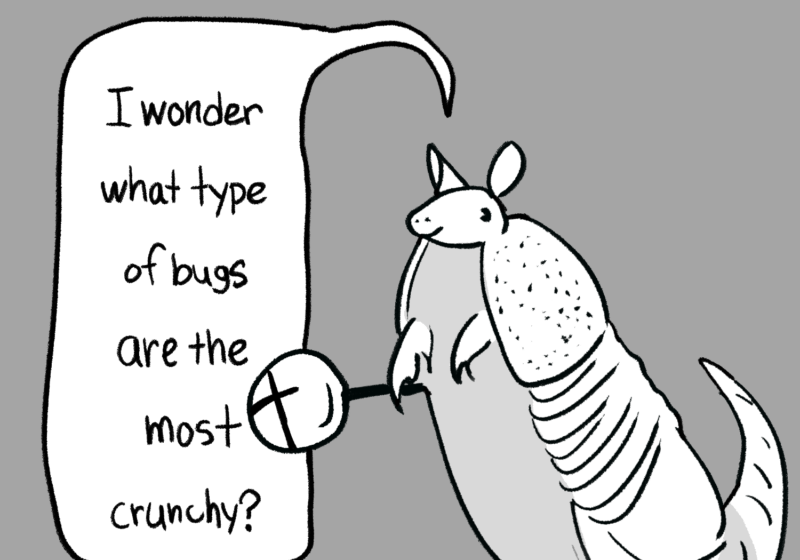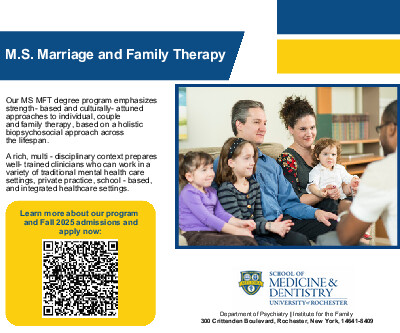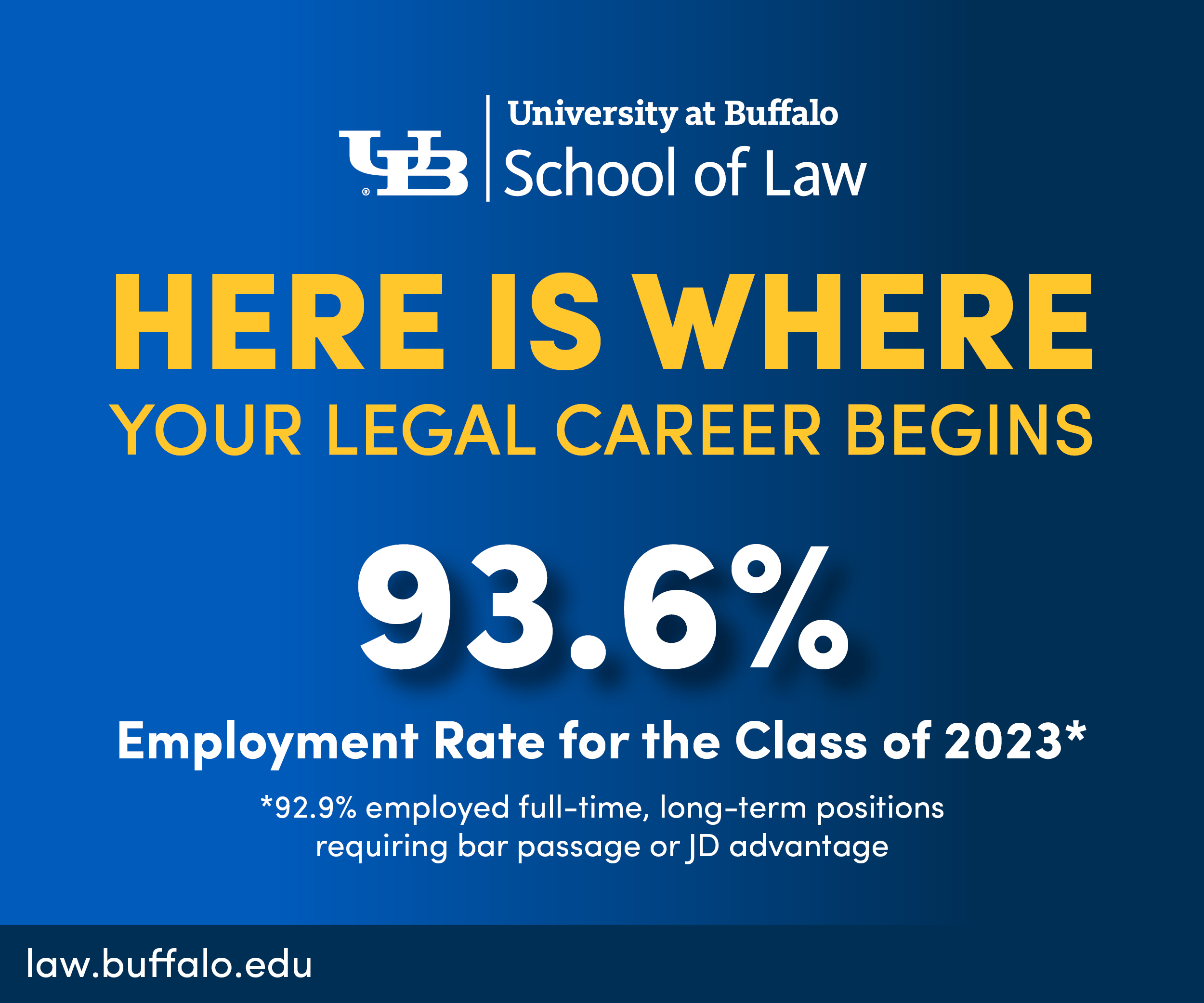Twenty-two. That is the number of veterans who, according to the Veterans Affairs (VA) Agency, commit suicide every day. This means that each day, 22 families are changed forever.
Our nation spends over 6 trillion dollars on federal programs and initiatives, yet fails to fulfill the most basic needs and necessities for our most vulnerable citizens. It is shameful.
For years, American veterans have been forgotten. We see this through the suicide rate within the veteran community, and the lack of access to good healthcare provided by the VA. At the same time, we’ve also seen a rapid expansion of investments into veteran services over the past 10 years, with the current federal budget including 301 billion — roughly 3 percent of all federal spending -earmarked.
The question becomes, why are veterans so dissatisfied with a service that has been so greatly expanded over the past two decades? And what can we do to actually increase the quality of life for veterans in this country?
The first question is more difficult to answer but is important to address. While the government argues they have expanded veteran’s healthcare access, the reforms of the last 20 years have been largely ineffective. Let’s take a look at an example.
The Veterans Access, Choice, And Accountability Act, first implemented Aug. 1, 2014, aimed to provide veterans with access to alternative healthcare not affiliated with the VA. At face value, this seems like a valuable piece of legislation. The truth about the bill? It required Veterans to be unable to secure an appointment with the VA for 30 days before a veteran could benefit from the law.
Superficially, this legislation and its rules seemed fair. The program, as it was initiated, proved to be very expensive. So what did the VA do? They started rescheduling appointments with veterans on the 29th day of their healthcare wait to circumvent the new law’s effects, keeping veterans within the VA system while simultaneously leading many to wait weeks or even months for appointments.
This is just one instance where funding was increased, but life became harder for veterans seeking good medical care. Unfortunately, this isn’t unique.
In 2024, the VA spent an additional 9 billion dollars on restoring its internal infrastructure, expanding provider access, and overhauling healthcare systems such as its website and databases. We haven’t seen the full effects of this funding yet, but it will most likely have no effect on the lives of veterans.
So, now that we’ve seen these problems, what could be a solution we can implement to actually help veterans?
My recommendation would be the same as that of 87 percent of veterans and 77 percent of Americans: Let veterans choose who their healthcare provider is. There should be no reason that the people who have risked their lives for our freedom can’t even have the freedom to choose what healthcare services they receive.
I feel deeply angry as an American that this is the way that we continue to treat our veterans. People have to wake up and realize that Veteran’s Day and Memorial Day cannot be the only days of the year that we honor and celebrate the brave men and women who defend this great nation.
Being the son of a veteran who struggled to find good VA assistance and healthcare, I feel sick to my stomach when the same elected leaders who praise military families in their speeches vote down measures that would expand their protections and aid.
And it’s not only healthcare coverage that is an issue within the military and veteran community. Education, food assistance, job security, mental health counseling, and help to integrate into civilian life are all vital in aiding our veterans.
Our government needs to wake up and have a hard reality check about the current state of our nation’s veterans.
Because as the son of one of the 22 a day, I know that changes need to be made. They must be made because they are possible.






